Water buffalo, long valued for their milk and muscle, are emerging as unlikely heroes for wetland ecosystems around the world. These gentle giants, introduced to new environments over centuries, have become unintentional "ecosystem engineers," creating and maintaining crucial habitats for a surprising array of species.
One example comes from Turkey's Kizilirmak Delta, where marsh frogs have taken to hitching rides on the backs of water buffalo, using them as mobile hunting grounds to feast on attracted flies. This symbiotic relationship highlights the unexpected ways buffalo can benefit their wetland neighbors.
Beyond Turkey, buffalo are proving their ecological worth in diverse settings. In post-industrial landscapes of Slovenia, for instance, buffalo are being used to manage overgrown wetlands. Their grazing and wallowing help create a mosaic of habitats, bringing back biodiversity and attracting birds like egrets and herons.
Rewilding projects are also looking to buffalo as substitutes for extinct megafauna. In England and Wales, for example, buffalo are used to graze and restore wetlands that have become choked with vegetation. Their role is similar to that of the aurochs, a massive wild herbivore that once roamed Europe but vanished thousands of years ago.
The future of buffalo as wetland stewards is not without challenges. In Turkey, the traditional herding communities that have co-existed with buffalo for generations face threats from sprawling development. A planned canal project could disrupt these delicate ecosystems and the livelihoods of the herders who depend on them.
However, the growing recognition of buffalo's ecological value offers a glimmer of hope. As we grapple with wetland loss and habitat degradation, these gentle giants may hold the key to restoring and maintaining these vital ecosystems for future generations.



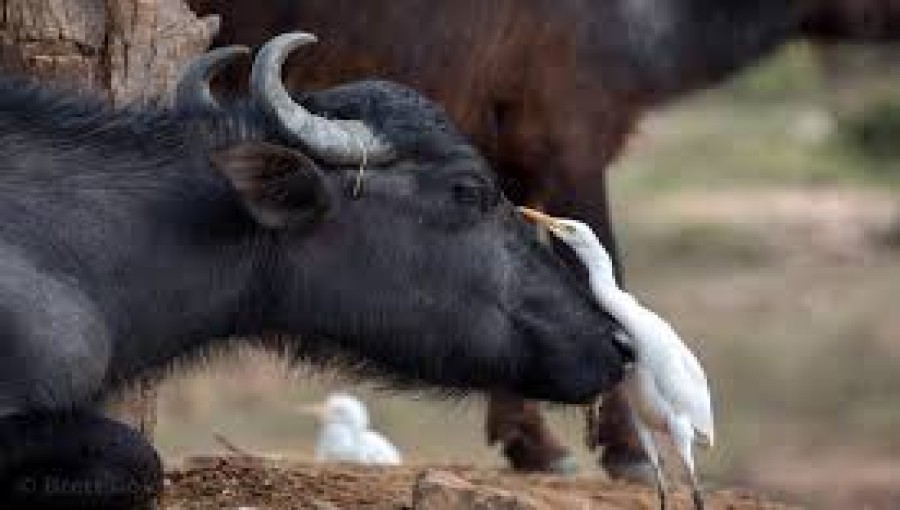
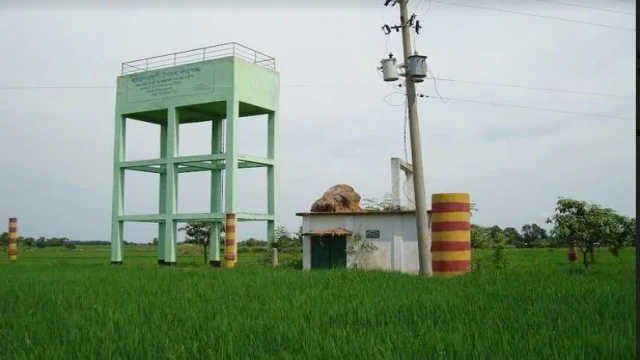

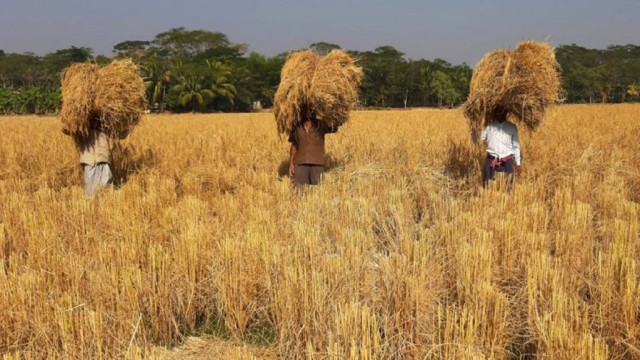







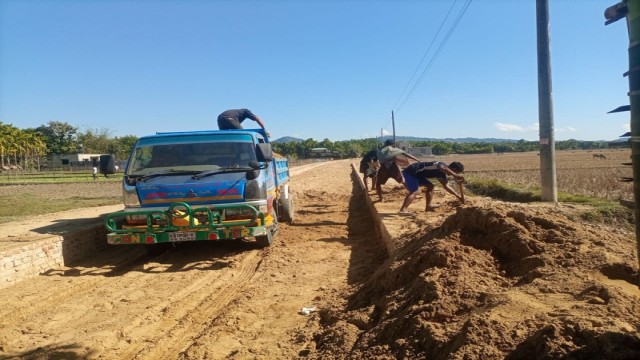
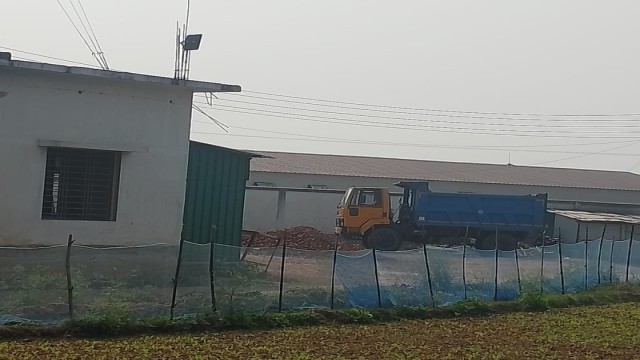















Comment: